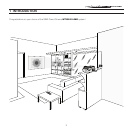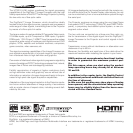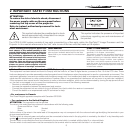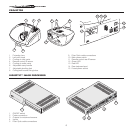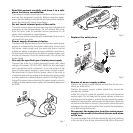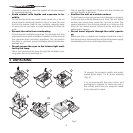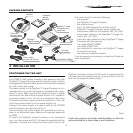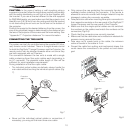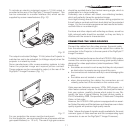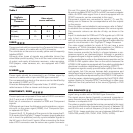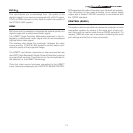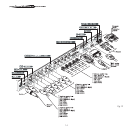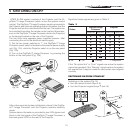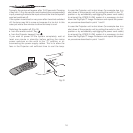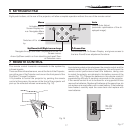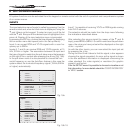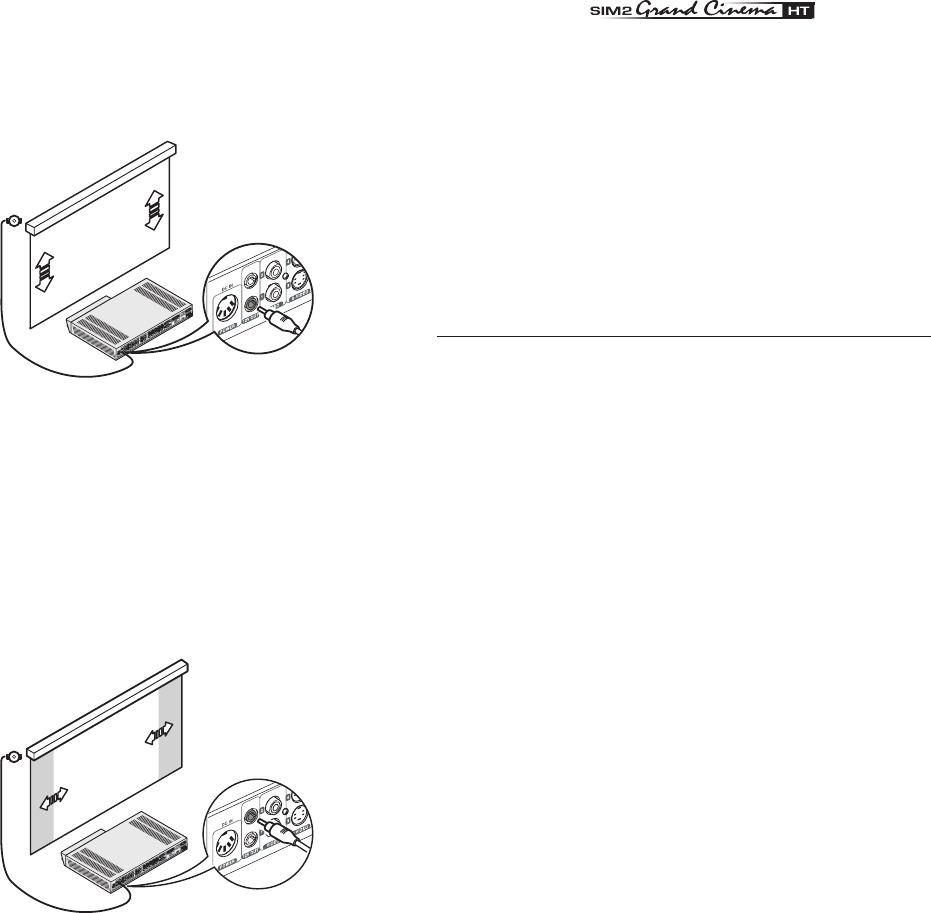
11
To activate an electric motorised screen a 12 Volt output is
provided at the rear of the DigiOptic™ Image Processor. This
can be connected to a screen interface unit, which can be
supplied by screen manufacturers
(Fig. 10).
�
�
�
�
�
�
�
�
�
�
�
Fig. 10
The output is activated (Voltage: 12 Vdc) when the Projector is
switched on and is de-activated (no Voltage output) when the
projector is in stand-by mode.
Some manufacturers offer screen-masking systems to help
frame the projected image and improve picture contrast.
These systems can be connected to output, at the rear of the
DigiOptic™ Image Processor
(Fig. 11).
�
�
�
�
�
�
�
�
�
�
�
�
Fig. 11
For rear projection the screen must be translucent.
For front projection, we recommend the use of screens with low
gain specifications (i.e. 1.3 to 2). The use of high gain screens
should be avoided due to their limited viewing angle, which is
undesirable for a large audience.
Preferably, use a screen with black, non-reflecting borders,
which will perfectly frame the projected image.
Avoid light shining directly on the screen during projection as
this will reduce contrast and black level detail on the projected
image. For the true cinema experience best results are achie-
ved with little or no ambient light.
Furniture and other objects with reflecting surfaces, as well as
light coloured walls should be avoided, as they are likely to
interfere with the screen’s characteristics.
CONNECTING THE VIDEO SOURCES
Connect the cables from the video sources, the serial cable
from the external control unit and the optical fibre cables for
connection to the Projector, to the rear panel of the DigiOptic™
Image Processor.
To obtain the best performance from the HT300 E-LINK system,
connect the various signal sources using good quality cables
designed for video applications (rated impedance 75Ω).
Ensure that:
• the cables are routed in such a way that they do not present
an obstruction to people moving around the room;
• the connectors are inserted carefully to avoid damaging the
pins;
• the cables are not twisted or crushed;
• when disconnecting the cables the connectors are not
violently pulled out of the sockets on the various units.
Video sources (television receivers, VCRs, DVD players, etc.)
often feature several outputs. To obtain the best performance
from your system, carefully choose which output to use. Ge
-
nerally, the type of signal offering the best picture quality is
DVI-D, followed by RGB, Components, S-Video and Composite
Video, in that order.
However, the HT300 E-LINK system is equipped with an excel
-
lent Video Decoder and Deinterlacer and therefore even inferior
quality signals will produce high quality results.
Table 1 shows the types of signals usually available for the most
common types of video sources and the corresponding input
connectors to use on the DigiOptic™ Image Processor).



